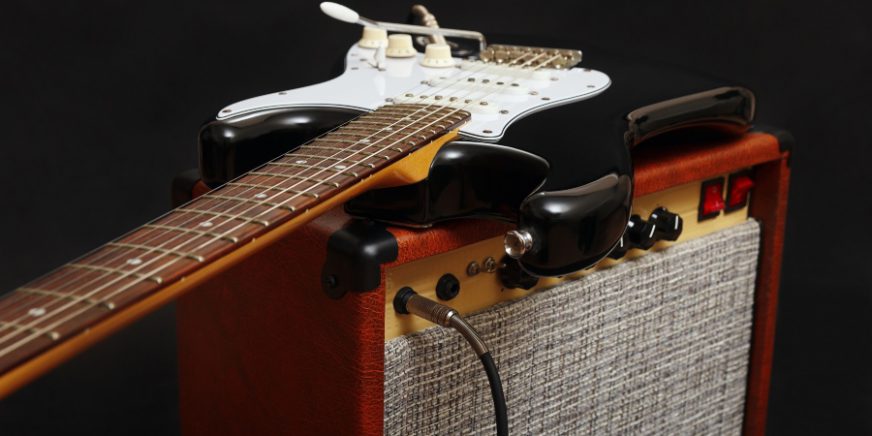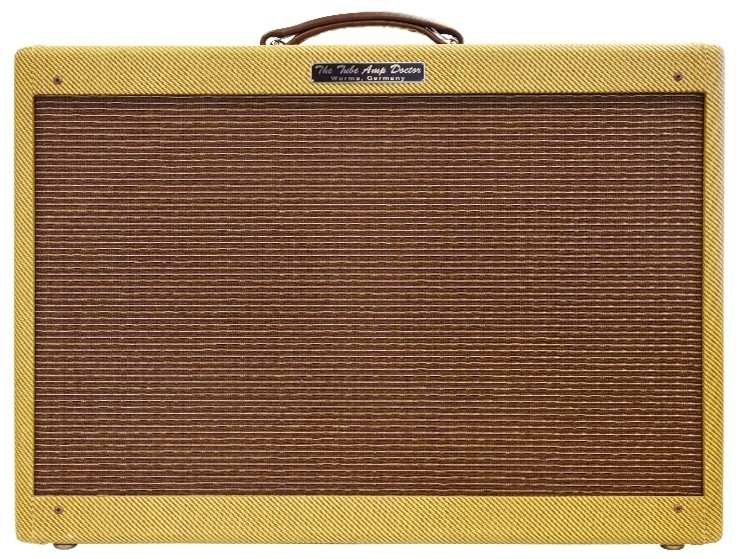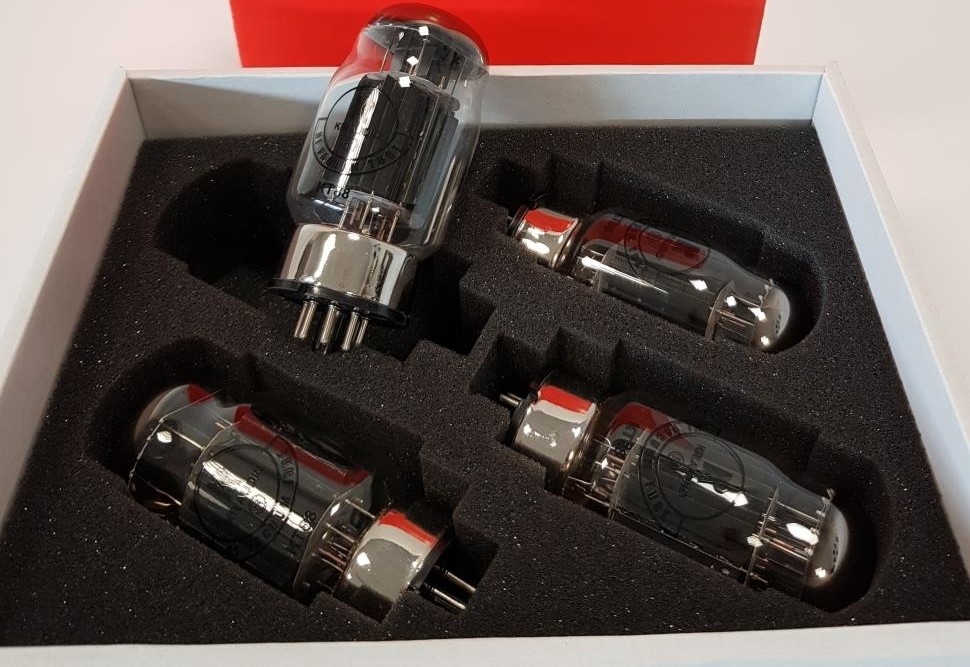« An ode to the tube »
In search of the perfect sound, sooner or later every guitarist arrives at the tube amplifier – and most of them stay. But where does the fascination for this old, analogue technology come from and what motivates musicians all over the world to deal with a comparatively maintenance-prone, sometimes capricious setup? The answer lies in the tube sound.
The fascination of the tube sound
Of course, as TubeAmpDoctor, we have our very own view of the fascination with tubes. Nevertheless, today we want to try to find out the secret of the sound with a perfectly-adjusted amp. Whether we’ll succeed in this is anyone’s guess.
Analogue vs. digital – a short digression into the history of music
Music seems to have always accompanied the emergence of mankind. Of course, no one knows for sure, but we can assume that this music was made exclusively analogue and “by hand” until well into the 20th century. Vibrating wood and metal were made into the craziest forms through playing techniques and recording tricks, and yet the output signal was always transported in its original waveform and finally transferred to the loudspeaker.

However, if the analogue waveform is recorded and changed by digital devices over time, a uniform wave becomes an angular signal waveform, 1 or 0. The sound which has been changed has to be converted back to its original analogue wave at some point in the course of its path – the audiophile scholars argue about to what extent this moment can be heard. Of course, people listen in an analogue way. Perhaps this is one reason why the sound of tube amplifiers sounds more “alive” or “warmer” for most people. The conversion of 1 and 0 to an analogue wave by the amplifier can hardly take place without any losses, even if we’re now a long way from the robotic sounds of the early days of digital music.
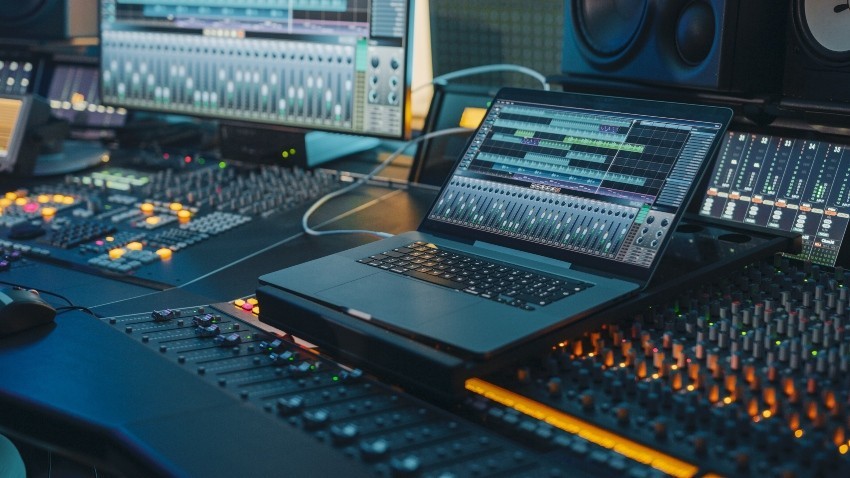
Listening as a psychological process – the mind listens along
Apart from technical details, there are a lot of models which try to explain the “better” sound of analogue equipment. The most understandable model is based on a psychological process:
Analogue amplifiers are technically more sluggish and, at least in the case of amplifiers, more elaborate to use than digital technology. Turn on, pre-glow, adjust – all these procedures take their time and are already preparing the ear. The “anticipation” grows alongside it, so to speak, and makes us perceive the music produced more deliberately. In principle, this means that the longer we devote ourselves to a thing and focus on it, the more clearly we perceive it. The fact that digital sound processors are ready for use within milliseconds is a technical advantage, but not a psychological one.

Sound characteristics of tube amplifiers
A lot has been said about tube sound vs transistors. But what are we actually talking about? What makes the sound of a good tube amplifier? This context involves a lot of keywords which can make the debate seem confusing.
Warmth, dynamism, naturalness – we’ll try to give some meaning to these words:
Warmth
Tube amplifiers, both in the hifi range as well as with instrumental amplifiers, are often called warm-sounding. The “warmth” perceived by the human ear can be explained by the response and reproduction behaviour of tube amps. During playback, in addition to the actual “main sound”, the signal also carries deviations from the frequency band, the so-called overtones. How many of these deviations a tube amplifier allows is indicated by the “total harmonic distortion”. While these overtones are much quieter with transistor amps, they sound more “appropriate” with the tube sound and offer a more pleasant profile to the ear. Appropriate mistakes, so to speak.
Dynamics
Dynamics play a major role, especially with guitar amps: tube amplifiers which are played with a correspondingly high-quality guitar can only be changed so much in the tube sound by adjusting the tone and volume potentiometers, so that effects devices are often superfluous. Distortions which occur in the tube amplifier, especially in the preamplifier, are achieved more quickly and easily than with the transistor. In addition, there is the warmth already mentioned above. The distortion becomes softer and less intrusive. We often refer to “musical distortion”.
Frequency representation/naturalness
Music is made up of a variety of frequencies, wavelengths of sound, as it’s transmitted from the amplifiers to the speakers. Depending on the amplifier type, different frequencies are amplified or interpreted in different ways. This results in tonal differences, which usually apply to the transistor or tube sound. But as always, the following holds true: All amplifiers are different. We’ll go off the median of all the amps we know!
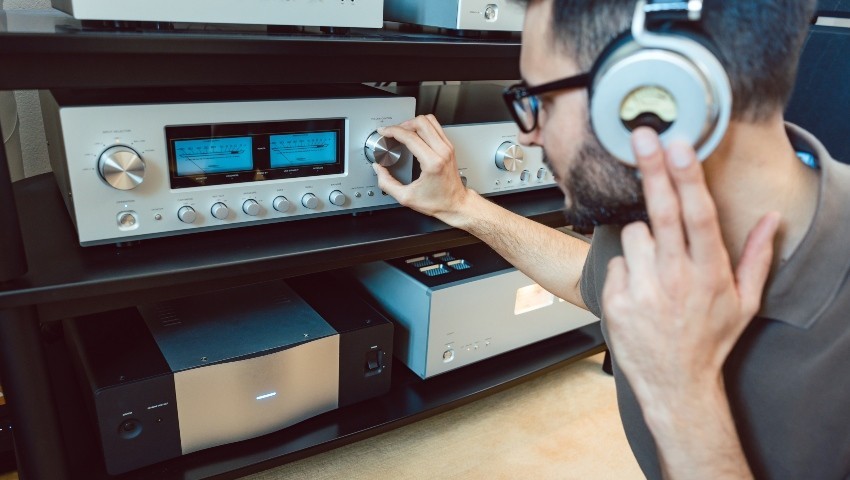
Bass
Especially at low frequencies, transistor amplifiers tend to sound more succinct and less “mushy”. The bass parts of the track are reproduced more precisely, the sound is “crisper” overall than when playing through tube amps.
Medium frequencies
The medium frequencies which are particularly musically important, like the kinds which are common in the human voice or in the guitar, are also reproduced differently. This is where the tube sound excels, as it “rounds off” the frequencies and reproduces sounds very precisely and warmly. Looking at these two frequency examples, it becomes clear why for many ears the tube sound sounds more pleasant and natural. Since bass frequencies are more unusual for our ear than the everyday middles, a good mid-range representation by tube amplifiers will always be able to delight the ear.
Tube sound – conclusion
We love the tube sound of a good tube amp. And even though modern, digital amplifier models or effects can sound great, they still can’t get close to the feeling that an amp with electron tubes gives off. The fascination of analogue amplification, the effort and the peculiarities of this technique have rather increased their fascination, especially in our fast and digital world. The Tube Amp Doctor says: Long live the tube amp!
___________________________________________________________________________________________________________________________
Image sources:
Article image: © Boris Bulychev – stock.adobe.com
Modern recording studio: © Gorodenkoff – stock.adobe.com – stock.adobe.com
Woman with record player: © kite_rin – stock.adobe.com
Man with headphones: © Kzenon – stock.adobe.com
 Tubeampdoctor Magazin
Tubeampdoctor Magazin
